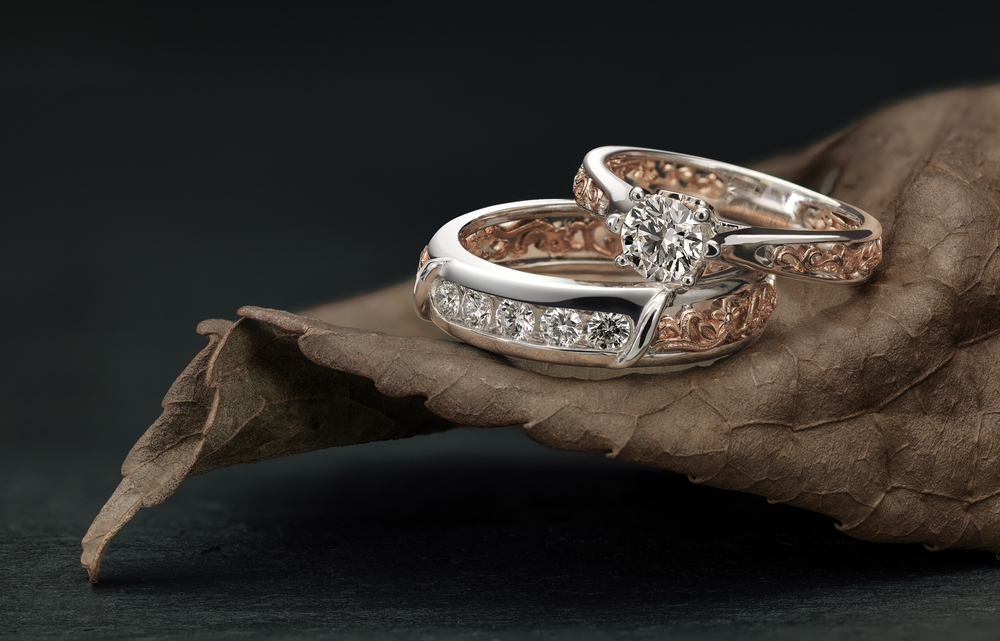
The Chemistry Of Diamonds
Before delving into the safety concerns, it’s important to understand what diamonds are made of and their chemical properties. Carbon atoms are organized in a crystal lattice to form diamonds. This gives them their remarkable hardness and durability, as they are the hardest known natural material. The same hardness that makes diamonds suitable for cutting and polishing also makes them resistant to many chemicals.
Potential Risks Of Wearing Diamond Rings In Laboratories
While diamonds are indeed resistant to many chemicals, there are situations in which wearing a diamond ring in a chemical laboratory could pose risks:
- Chemical Reactions: Chemical laboratories often deal with a wide range of substances, some of which may be reactive. There’s a risk that a chemical reaction could occur between certain substances and the diamond or the metal setting of the ring. This could potentially damage the ring or alter its appearance.
- Contamination: Laboratories require strict cleanliness to ensure the accuracy of experiments and analyses. Diamond rings, like any jewelry, can harbor dirt, bacteria, or other contaminants. This poses a risk of contaminating experiments or samples, which is undesirable in a laboratory setting.
- Safety Hazards: In laboratories that require the use of safety gloves, wearing a diamond ring underneath the glove can create discomfort and hinder the proper sealing of the glove. This can compromise safety and protection against chemicals.
Safety Measures For Wearing Diamond Rings In Laboratories
If you’re determined to wear diamond rings while working in a chemical laboratory, there are precautions you can take to mitigate the risks:
- Choose a Simple Setting: Opt for a diamond ring with a simple and secure setting that minimizes the risk of chemicals getting trapped or reacting with the metal.
- Regular Cleaning: Maintain strict hygiene by regularly cleaning your ring. This will help reduce the risk of contamination and ensure your ring is free from any potential contaminants.
- Follow Laboratory Guidelines: Adhere to laboratory safety protocols and guidelines. Ensure that wearing jewelry, including diamond rings, is permitted. If not, consider leaving your ring in a safe place while you work.
- Consider a Lab-Safe Alternative: In some cases, it might be prudent to invest in a lab-safe alternative ring made from materials that are less likely to react with chemicals. These can be worn during work hours and swapped out for your diamond ring afterward.
While diamonds are known for their hardness and resistance to many chemicals, wearing diamond rings in chemical laboratories does come with potential risks. The risks primarily stem from the possibility of chemical reactions, contamination, and safety hazards. To ensure both your safety and the integrity of your experiments, it’s essential to assess the situation carefully and take appropriate precautions.
